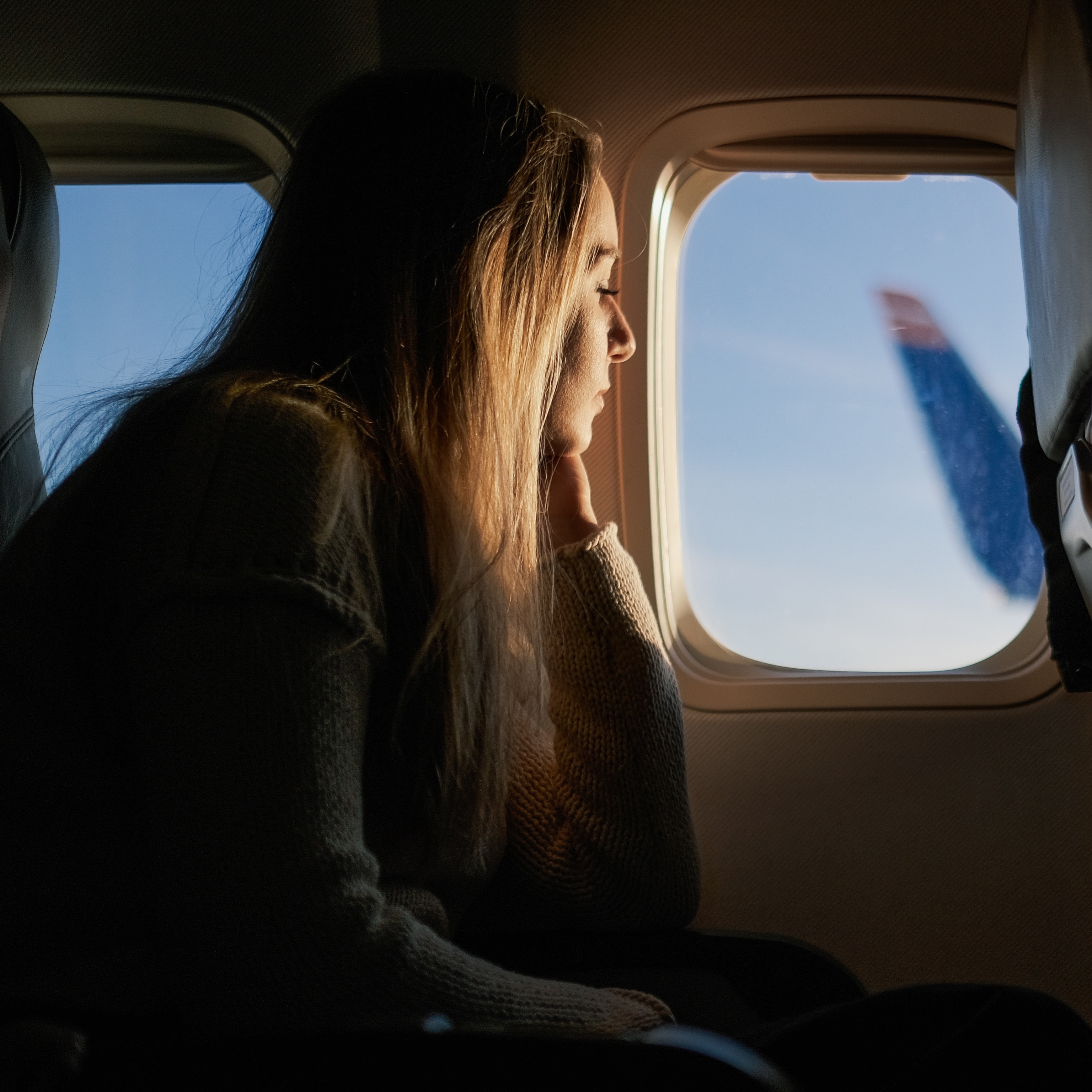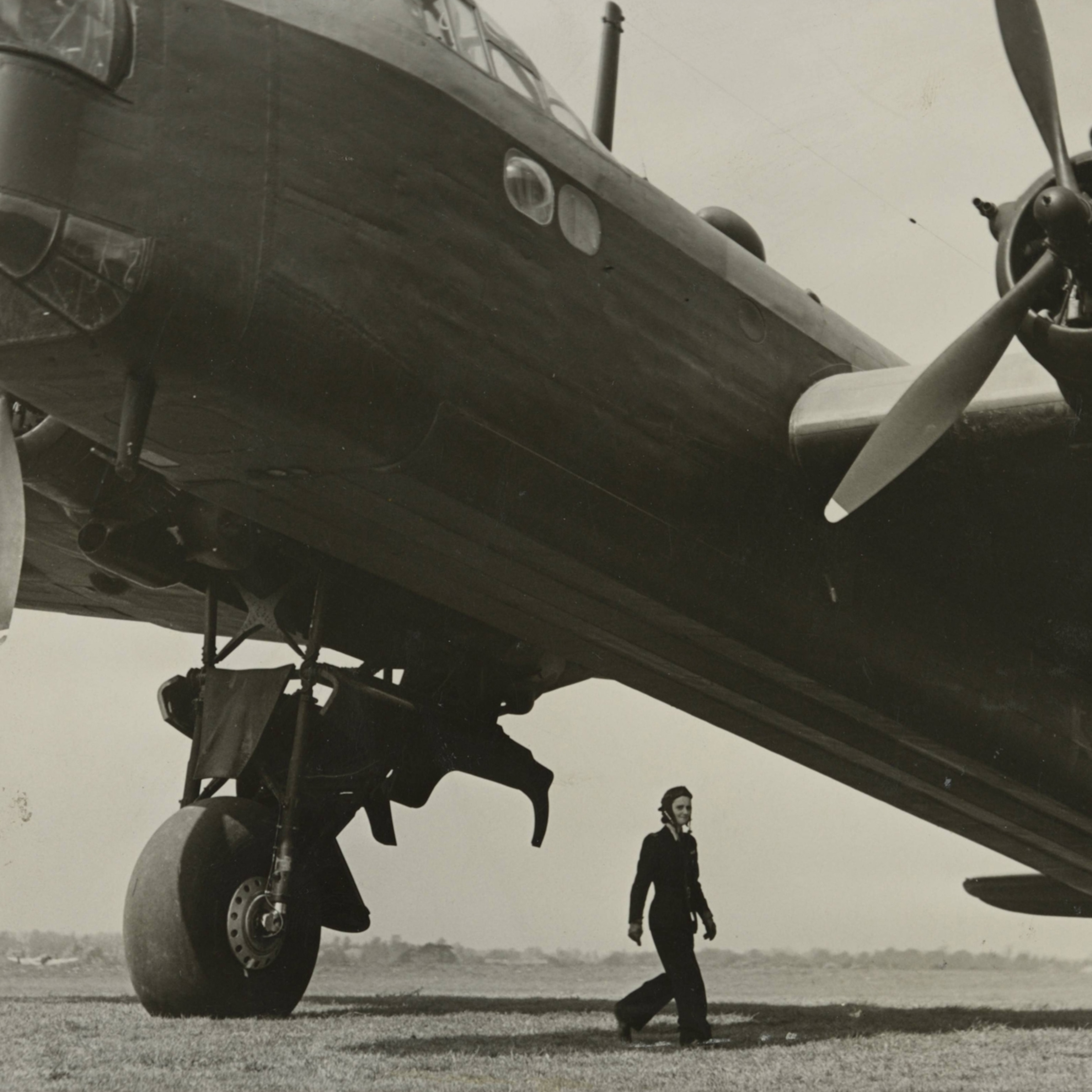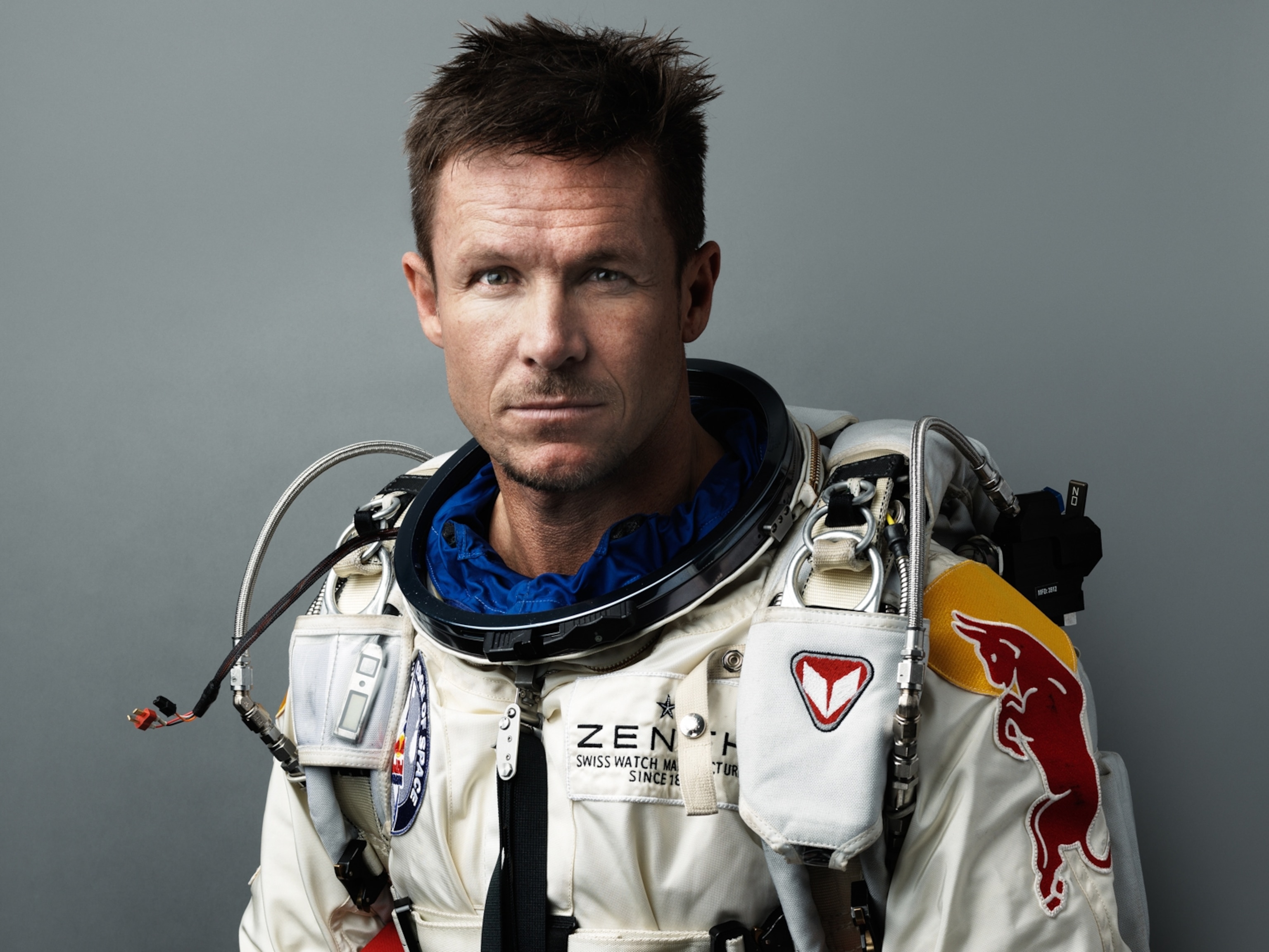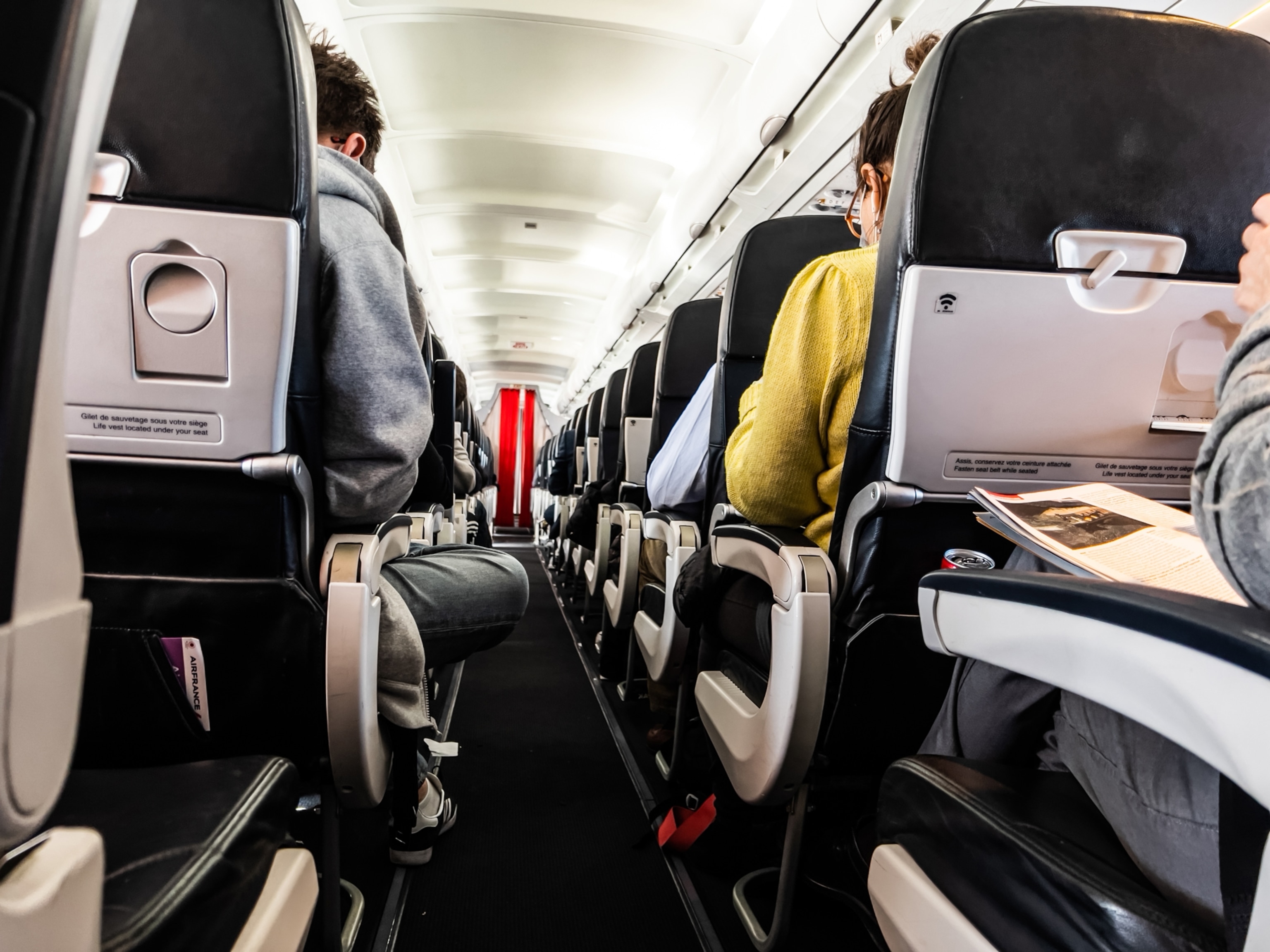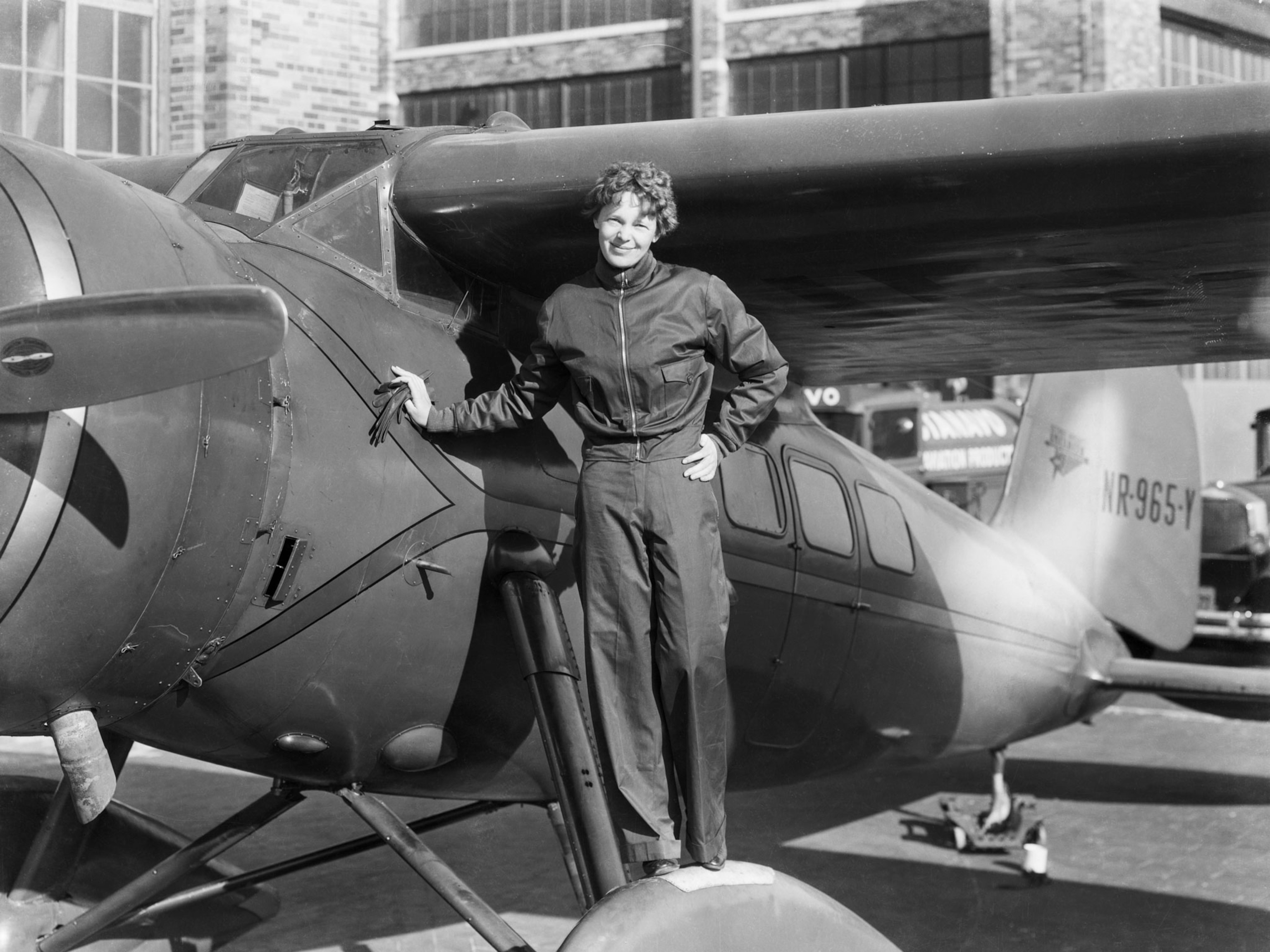
Q&A With a Pilot: Just How Does Autopilot Work?
We asked a pilot about who is really flying the plane.
Two passengers were killed and more than 182 were injured on Saturday when an Asiana Airlines flight originating in Seoul crashed while landing at San Francisco's airport.
The cause of Saturday's crash has not been determined. On Monday, the National Transportation Safety Board (NTSB) chair Deborah Hersman said a preliminary review of airplane surveillance "wasn't conclusive."
Here's what we do know: On Saturday morning, the 777 Boeing aircraft originating from Seoul crashed into the runway at San Francisco's airport, breaking off its tail and catching fire. As passengers fled down emergency slides, firefighters doused the burning fuselage with foam and water. (Read: "Can an Airplane Door Open in Midflight?")
On Monday, a spokesperson for Asiana Airlines told the Associated Press that the pilot of the plane, Lee Gang-guk, had only 43 hours at the helm of a Boeing 777 and was making his first landing at the San Francisco airport.
The NTSB has said that the aircraft approached San Francisco "significantly" slower than its target airspeed, but has ruled out engine trouble as a cause. The investigators are currently looking at the aircraft and at the crew, to determine whether they were flying manually or using autopilot during the botched landing.
But the question of whether the pilot was using autopilot may be a red herring, says Patrick Smith, a veteran airline pilot and author of the book Cockpit Confidential.
"As in all lines of work, some aviation tasks are more difficult and work-intensive than others," he wrote in a column analyzing Saturday's crash. "All pilots are trained to handle the sorts of challenges SFO presents, and visual approaches, which do not rely on instrument guidance to the extent of the more common instrument landing system approach, are common at large and busy airports."
We asked Smith to explain this further; specifically, to tell us when and how pilots use autopilot to control a plane and why a pilot might want to use manual controls.
What is "autopilot" on airplanes?
I prefer the term "auto flight system" instead of "autopilot" because we're actually talking about a collection of subsystems that help control various aspects of a flight: heading, altitude, course, speed, engine power, etc. Different components are used at different times, and can be used together or separately, depending.
There is a thing called the autopilot, which frees you from having your hands physically on the controls. There's also something called the autothrottle, which controls engine thrust. I say "controls," but it's doing so in response to what's needed and input by the crew.
What's the biggest misconception about autopilot?
One of the most stubborn myths in all of aviation is this notion that pilots just sit there while the plane flies itself from City A to City B. It's infuriating to know that people believe this, because it's utterly false. Airplanes do not fly themselves. The crew flies the airplane through the automation. A plane cannot fly itself any more than an operating room, with all of its advanced technical equipment, is able to perform an organ transplant by itself. The equipment makes things easier, but the operation itself is controlled by humans.
But what about drones? They clearly fly without a pilot on board.
With the proliferation of drones, there's a tendency to extrapolate and say: Why can't we scale up a drone and stick 300 people in it and off you go? It's so far off from reality that it's hard for me to explain. A drone and a commercial jetliner are the ultimate apples and oranges.
I'm curious about when pilots use the automated systems versus controlling the plane "hands on." Are there times when one is preferable?
More than 99 percent of landings are performed manually. There is such a thing as an autoland where you set up an auto approach and, to put it coarsely, the airplane will land "hands off." But I see only a few of those a year—they're only performed in extreme low-visibility conditions, and the airplane, pilot, and airport all have to be certified.
Were the pilots in the 777 crash in San Francisco flying hands on?
They would have been flying hands on. For reasons not understood, they seem to have found themselves in the throes of an unstable approach. They were either too low or too slow, and when they attempted to break off the landing and go around, it was too late and the plane crash-landed. But how they got themselves in that situation I don't know, and we won't know until we get the full NTSB report.
What does it mean to fly using a "visual approach"?
This can mean somewhat different things, but in the context of the SFO accident it refers to an approach made without the aid of something called an instrument landing system (ILS), where crews follow a pair of horizontal and vertical beams to the runway.
Why wouldn't the pilots in the 777 crash have been using those two beams? It sounds like it would be a lot easier.
That system was not being used for that runway. But a visual approach without ILS is relatively common and something that every pilot knows how to do. Without this guidance, an approach is somewhat more challenging, but it does not explain or excuse landing short of a runway.
I've heard a lot of people say in recent days that they've spent more time flying in airplane simulators than the pilot in the 777 crash had spent flying this particular plane.
Everybody is an airline pilot when they're sitting at their desktop airplane simulator. As for the experience of the Asiana crew, I wrote about this earlier today.
On a lighter note, have you seen the movie Airplane!? What do you think of the autopilot in that movie?
The ones we have are a little more sophisticated than that, and usually don't inflate.
A funny story: In Airplane! there's that well-known scene where Leslie Nielsen's character walks into the cockpit and says to the pilots, "I just want to tell you both good luck; we're all counting on you."
Well, apparently, when Nielsen used to fly commercially, he would replay this scene. He'd step into the cockpit, and when the pilots turned around he'd repeat that line, then turn and step out. Every pilot knows that scene, so what a kick it must have been.
